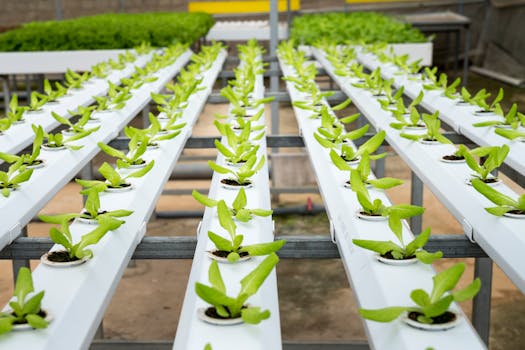
Sustainable Living: Emerging Trends for 2025
Sustainable Living is becoming increasingly important as we move into 2025. With the growing awareness of climate change and environmental degradation, individuals, businesses, and governments are looking for ways to reduce their ecological footprint. In this article, we will explore the emerging trends in sustainable living for 2025, and provide tips on how to make a positive impact on the environment.
Introduction to Sustainable Living

Sustainable living refers to the practice of reducing one’s use of natural resources, minimizing waste, and promoting eco-friendly products and practices. This can include everything from using public transport, carpooling, or driving electric or hybrid vehicles, to reducing energy consumption, using renewable energy sources, and implementing recycling programs. Sustainable living is not just good for the environment, but also for our health and wellbeing.
Emerging Trends in Sustainable Living for 2025

So, what are the emerging trends in sustainable living for 2025? Some of the key trends include:
- Eco-Friendly Products: With the growing demand for sustainable products, companies are now offering a wide range of eco-friendly products, from bamboo toothbrushes to refillable water bottles.
- Green Technologies: Green technologies, such as solar panels, wind turbines, and geothermal energy, are becoming increasingly popular as individuals and businesses look for ways to reduce their reliance on fossil fuels.
- Sustainable Fashion: Sustainable fashion is becoming a major trend, with many consumers opting for second-hand clothing, renting clothing, or buying from sustainable fashion brands.
- Zero-Waste Living: Zero-waste living is a lifestyle that aims to reduce waste to zero. This can be achieved by avoiding single-use plastics, composting food waste, and buying in bulk.
Benefits of Sustainable Living

The benefits of sustainable living are numerous. Some of the key benefits include:
- Reduced Carbon Footprint: Sustainable living can help reduce our carbon footprint, which is essential for mitigating climate change.
- Improved Health and Wellbeing: Sustainable living can also improve our health and wellbeing, by reducing exposure to pollutants, improving air and water quality, and promoting healthy eating and exercise habits.
- Cost Savings: Sustainable living can also save us money, by reducing energy consumption, using public transport, and buying second-hand products.
Conclusion

In conclusion, sustainable living is an essential practice that can help reduce our ecological footprint, improve our health and wellbeing, and save us money. By adopting the emerging trends in sustainable living for 2025, we can make a positive impact on the environment and create a better future for ourselves and future generations.

